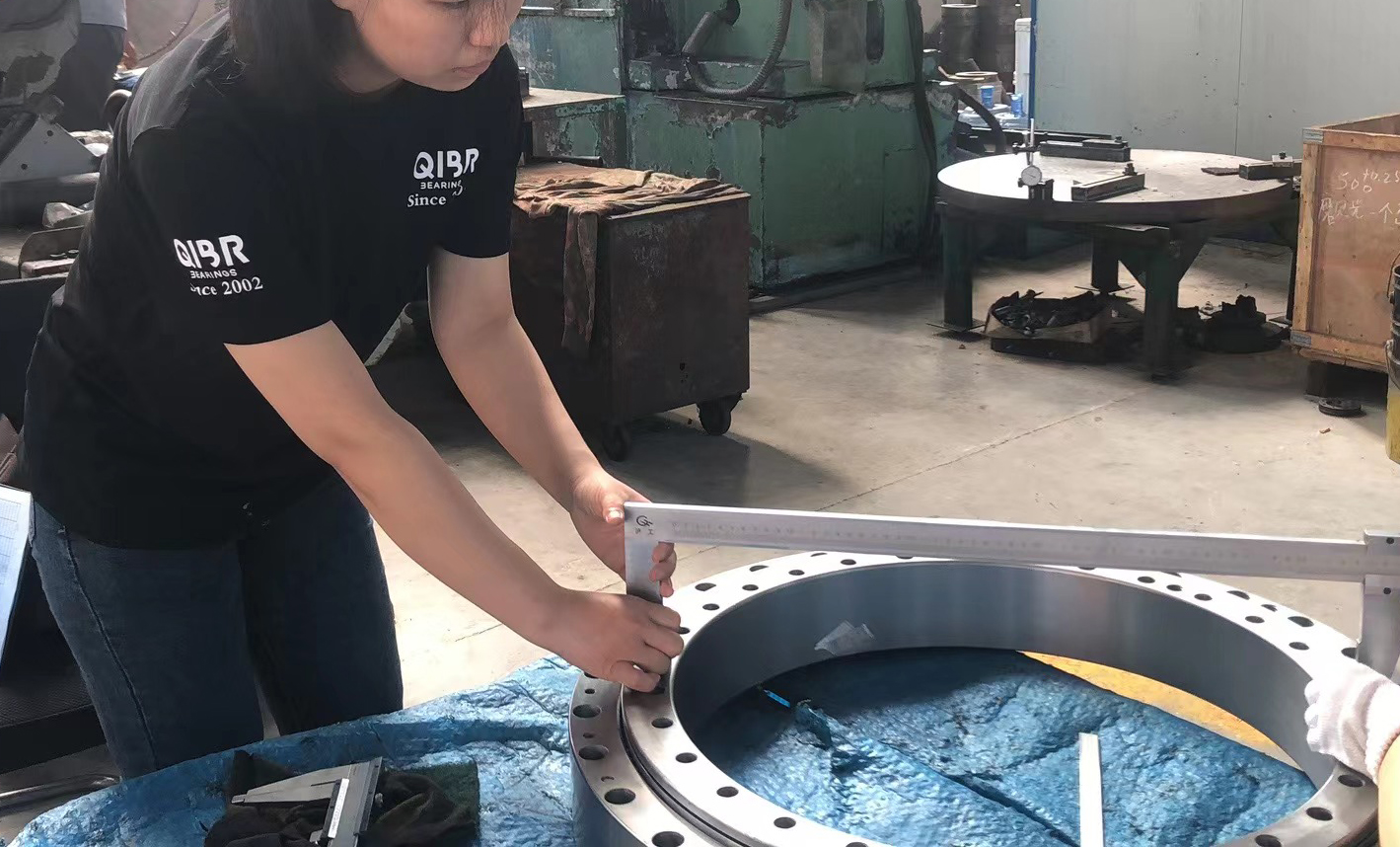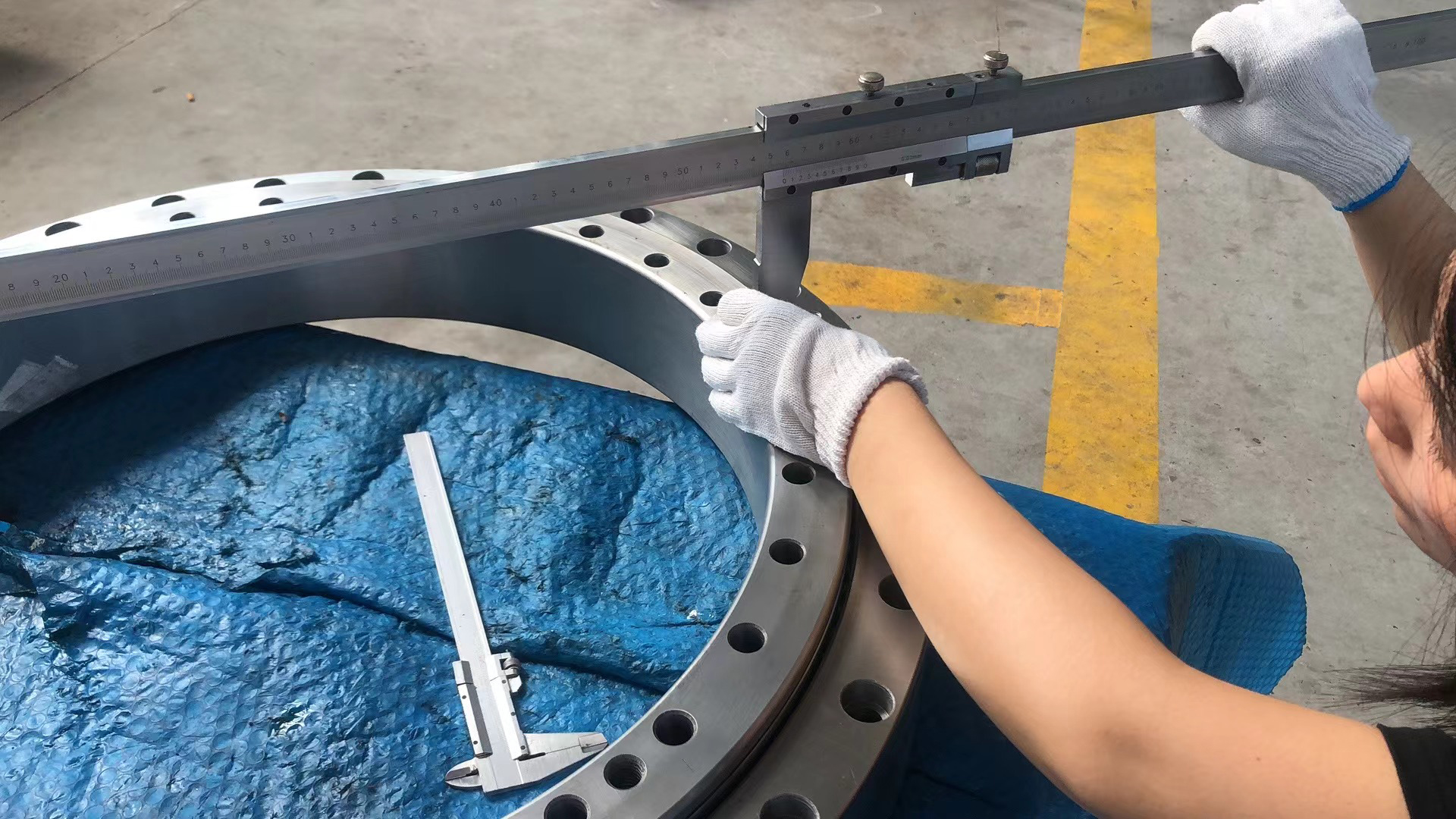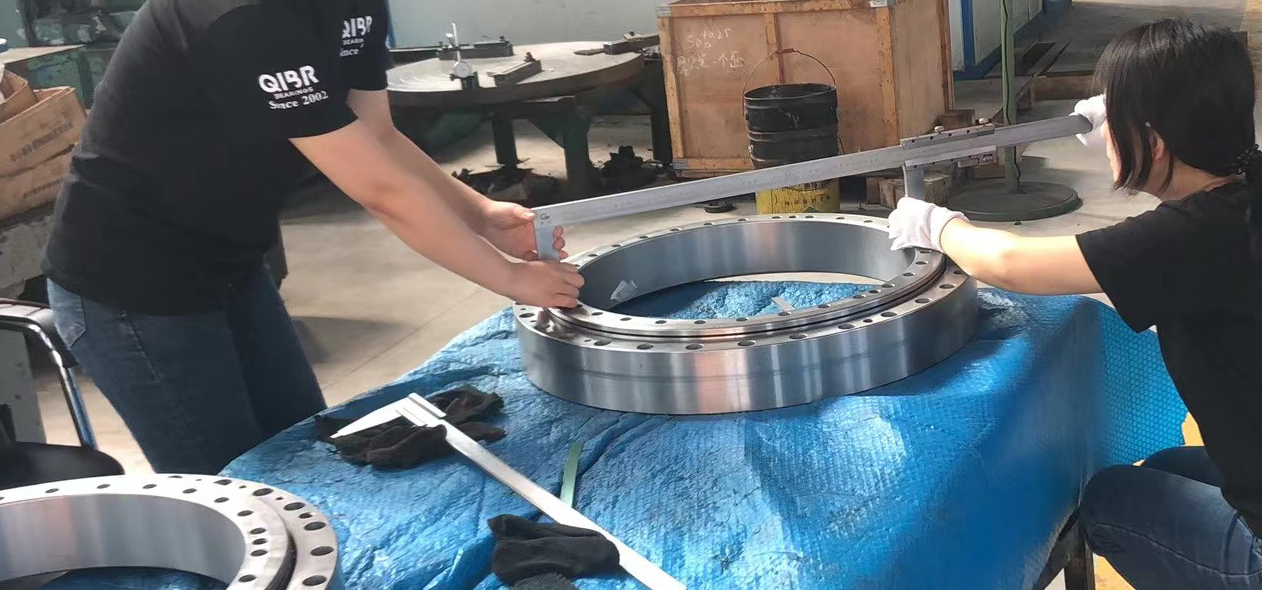Newsroom
How to select a perfect slewing bearing?
2024-07-17Selecting the perfect slewing bearing involves considering several key factors to ensure it meets the application's requirements. Here’s a step-by-step guide to help you choose the right slewing bearing:
1. Load Requirements
- Type of Load: Determine if the load is axial, radial, or moment. Slewing bearing are designed to handle different types of loads.
- Load Magnitude: Calculate the maximum load the bearing will need to support.
2. Bearing Type
- Single-row Four-point Contact Ball Bearings: Suitable for applications with moderate axial and radial loads.
- Double-row Ball Bearings: Used when there is a higher axial load and limited space.
- Crossed Roller Bearings: Ideal for applications requiring high stiffness and precision.
- Three-row Roller Bearings: Suitable for heavy-duty applications with high axial and radial loads.
3. Dimensions and Space Constraints
- Inner Diameter (ID) and Outer Diameter (OD): Ensure the bearing fits within the available space.
- Height/Width: Consider the height of the bearing, especially in applications with limited vertical space.
4. Rotational Speed
- Determine the maximum and average rotational speeds the bearing will operate at. Ensure the bearing can handle these speeds without excessive wear or failure.
5. Environmental Conditions
- Temperature: Check the bearing’s operating temperature range.
- Contamination: If the bearing will be exposed to dust, moisture, or other contaminants, consider bearings with seals or specific coatings.
6. Installation and Maintenance
- Mounting Options: Ensure the bearing has appropriate mounting holes and consider the ease of installation.
- Lubrication: Determine if the bearing needs to be periodically lubricated or if it has a maintenance-free option.
7. Material and Coatings
- Material: Choose the bearing material based on the application environment (e.g., steel, stainless steel, or special alloys).
- Coatings: Consider corrosion-resistant coatings for harsh environments.
8. Precision and Performance
- Runout: Ensure the bearing meets the required precision levels for your application.
- Load Capacity: Verify the dynamic and static load ratings of the bearing.
9. Cost and Availability
- Budget: Consider the cost of the bearing and whether it fits within your budget.
- Lead Time: Check the availability and delivery time of the bearing.
10. Manufacturer and Support
- Reputation: Choose a reputable manufacturer known for high-quality products, such as QIBR, it is a famous slewing bearing manufacturer in China.
- Technical Support: Ensure the manufacturer provides good technical support and after-sales service.



Conclusion
Selecting the right slewing bearing is a balance between technical requirements and practical constraints. Contact Us can provide valuable insights and recommendations tailored to your specific application.


